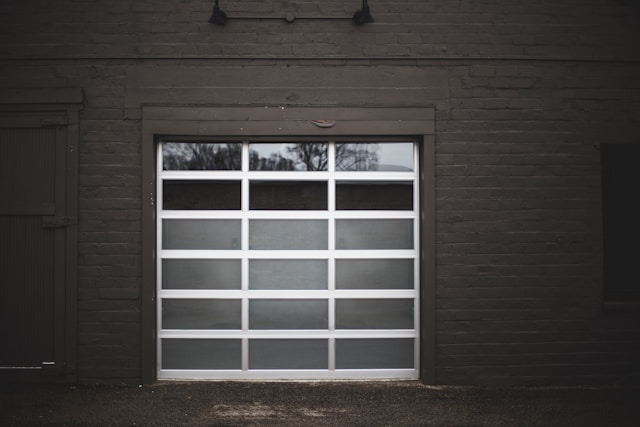Adding a storm door to your entryway is one of the smartest and most affordable home improvement projects you can tackle. Not only does it protect your main door from harsh weather, but it also improves energy efficiency, adds curb appeal, and provides extra ventilation during warmer months. The best part? With the right tools and a little patience, you can handle storm door installation on your own.
In this guide, we’ll walk through how to install a storm door step by step, covering everything from preparation to finishing touches.
Why Install a Storm Door?
Before diving into the installation process, let’s quickly review why storm doors are worth the effort:
-
Protection: Shields your primary entry door from rain, snow, and sun damage.
-
Energy efficiency: Creates an extra barrier against drafts, helping you save on energy bills.
-
Ventilation: Lets in fresh air while keeping bugs out (with a screen option).
-
Curb appeal: Adds a polished look to your home’s entrance.
Now, let’s roll up our sleeves and get started.
Tools and Materials You’ll Need
To make this a smooth DIY storm door installation, gather your tools ahead of time:
-
Storm door kit (with hardware included)
-
Measuring tape
-
Screwdriver or power drill
-
Level
-
Pencil or marker
-
Hacksaw (if trimming Z-bar is required)
-
Safety goggles and gloves
Having everything ready will save you from running back and forth mid-project.
Preparing the Entryway
-
Measure the opening – Measure the width and height of your door frame in three spots each (top, middle, bottom). Storm doors come in standard sizes, so choose one that fits your measurements.
-
Check for obstructions – Make sure trim, molding, or uneven surfaces won’t interfere with installation.
-
Decide on door swing – Determine whether you want the storm door to open on the left or right side, depending on your entry layout.
Accurate measurements are the foundation of a smooth storm door installation guide.
Step-by-Step Installation Process
Here’s how to install a storm door like a pro:
Step 1: Attach the Hinge-Side Z-Bar
-
Lay the door flat on a work surface.
-
Attach the hinge-side Z-bar (included in your kit) to the storm door using screws.
Step 2: Position the Door
-
Place the door in the opening and align it with a level.
-
Check that the gap is even along the frame.
Step 3: Secure the Hinges
-
Fasten the hinge-side Z-bar to the door frame with screws.
-
Test the door’s swing before fully tightening screws.
Step 4: Install the Handle and Latch
-
Follow the manufacturer’s instructions to attach the handle and latch assembly.
-
Make sure the latch lines up with the strike plate.
Step 5: Attach the Door Closer
-
Install the pneumatic or hydraulic closer at the top (and sometimes bottom) of the door.
-
Adjust tension so the door closes smoothly without slamming.
Step 6: Test and Adjust
-
Open and close the door several times to ensure smooth operation.
-
Adjust hinges or closer settings if needed.
Tips for a Professional Finish
-
Seal gaps with weatherstripping or caulk to improve energy efficiency.
-
If the Z-bar is too long, trim it carefully with a hacksaw.
-
Adjust closer tension to prevent slamming during windy days.
These small details make your DIY storm door installation look like it was done by a professional.
Common Mistakes to Avoid
Even handy homeowners make these errors:
-
Incorrect measurements – Buying the wrong door size leads to frustration.
-
Misaligned hinges – A crooked door won’t close properly.
-
Over-tightening screws – Can warp the frame or strip holes.
Avoid these pitfalls and you’ll save time and headaches.
When to Call a Professional
While most homeowners can handle installing a storm door, there are situations where it’s better to call a pro:
-
If your existing frame is damaged or uneven.
-
If you need custom fitting beyond trimming a Z-bar.
-
If you’re uncomfortable using power tools.
Hiring help ensures the job is done safely and correctly.
Conclusion
Learning how to install a storm door is a rewarding DIY project that can be completed in just a few hours. With the right tools, careful measurements, and attention to detail, you’ll enjoy the benefits of added protection, energy savings, and improved curb appeal.

